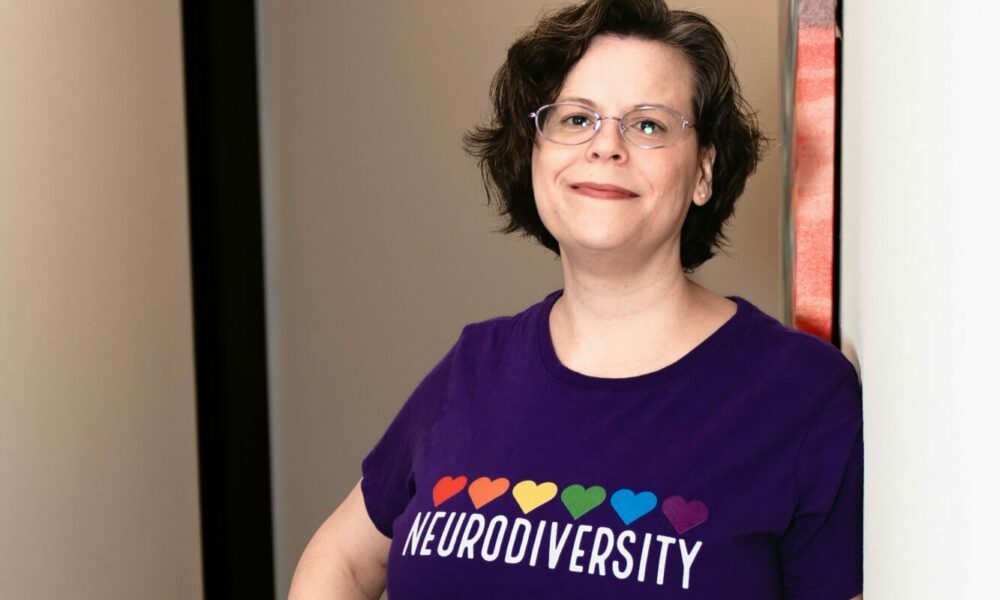

Today we’d like to introduce you to Christine Henry.
Hi Christine, so excited to have you on the platform. So before we get into questions about your work-life, maybe you can bring our readers up to speed on your story and how you got to where you are today?
Throughout my career as a psychologist, people have given me strange looks when I talk about the importance of pets in people’s lives. Initially, the way that I dealt with that was to counter their beliefs with hard data. My dissertation was about the impact of attachment on grief symptoms following the death of a pet. My professors were skeptical that I would get enough data to complete the study as I needed 150 participants. I had confidence that “pet people” would want to have their stories heard and I was correct. In one week, I received over 7,500 online surveys back. I was emotionally moved by reading the stories of people thanking me for doing the research. They told me that they were ashamed of how attached they were to their pets and felt embarrassed grieving their death. The participants indicated that they finally had some validation that it was okay to mourn. Later in my career, I wanted to have a therapy dog to be in the room with clients because I knew firsthand how healing animals can be. I again came across other therapists trying to discourage me from having a dog in the office. Some did not see the value of having an animal in session and others were mainly concerned about liability. They felt that the risk was not worth the benefit. However, when Hurricane Harvey hit, the administration where I worked was finally open to me bringing my dog to campus in to support the community. “Dogtor Murphy” started his first day of work the week after the Hurricane. We were working at the University of Houston Clear Lake at the time. We saw over 800 students, faculty, and staff that week. It was so amazing to see people who were walking around in a fog only to lift their heads and have huge smiles on their faces as they saw Murphy approach them with a wagging tail. He was even voted UHCL’s top ten most interesting people in 2017. We also volunteered in the community after the school shooting at Sante Fe where again Murphy and other therapy dogs brought some light to a really difficult situation. Students enjoyed having a break from everything to cuddle and get some love from a dog.
After working in college counseling centers for 10 years, we moved into private practice where again some therapists expressed doubt that anyone other than children would care to have a therapy dog present. However, every adult client that came to see me spoke about how excited they were about their therapist having a therapy dog. Dogtor Murphy has done some amazing work with my clients. I work with a lot of adults who have experienced trauma in their lives. Many times, I have heard clients say that they have difficulty receiving affection from people but get such comfort getting love from animals. Having Murphy by their side helped them process difficult topics with greater ease. They really have been able to progress faster in their therapy work in part because of the comfort Murphy brought to the therapy.
When the pandemic hit and we had to transfer to virtual therapy, I wondered how that would impact the clinical work with Murphy no longer being physically present with clients. To my surprise, my client’s own pets were up for the job of being their therapy animals. Clients enjoyed being at home with their own pets as they worked through difficult issues in their sessions. Like clockwork, their pets would let me know when their human was feeling strong emotions. A cat would hop up and put their butt to the camera or a dog would stop by and put their nose under their hand to be pet.
I have a psypact certification which allows me to see clients across state lines via telehealth. With the pandemic, I started to get new clients from across the country who would never meet Murphy. That is when I realized that people were coming to see me for therapy because I was a “pet person” and they felt that they could trust me. It was then that I regained my confidence to branch out and start my own practice, “Therapy for Pet People.” My practice is exclusively telehealth which Murphy is not too happy about. However, we plan on getting back out into the community to do volunteer work which hopefully will make up for us not seeing clients in person.
As you know, we’re big fans of Therapy For Pet People. For our readers who might not be as familiar what can you tell them about the brand?
One thing that sets me aside from other therapists is my focus on working with “Pet People.” Pet people not only connect with animals, but most times connect easier with animals than they do with people. Pets can enrich our lives in so many different ways. Animals can provide us with so many psychological benefits. They can provide unconditional love which people may not have or get in their current relationships with people. Pets also don’t care about standards of social etiquette. They do not care if you make eye contact while talking to them or if you are distracted while engaging with them. Animals accept us for who we are, our flaws, and all. Pets can also help us connect to other people. If you are out walking a dog, you are much more likely to have someone greet you and your dog than if you are alone.
There are also a lot of physical benefits from having pets. Knowing that you need to walk your dog, can push you to get more physical activity even if you have difficulty doing it for yourself. Pets can also help us regulate our emotions and calm us down when we are feeling overwhelmed. Petting an animal for 10 minutes can lower blood pressure. When they sit or lay on our lap, it can provide the same comfort that a weighted blanket does.
Not all therapists see the value in the connection people have with animals which is what sets my brand apart. It is with this understanding that I started my practice “Therapy for Pet People.” I honor my clients’ relationships with their animals and help them build their relationships with people. We work on them learning to develop trust, how to ask for help, how to communicate their own emotions, as well as learn how to read the emotions of other people. Unlike dogs who wag their tail when they are happy to see you, people are often not as easy to read.
Alright so before we go can you talk to us a bit about how people can work with you, collaborate with you or support you?
I am always up for working with adult clients who are newly diagnosed as ADHD or autistic. It is an honor to be alongside them as they rewrite their life story with this new lens. I equate it to the experience of watching a movie that has a big twist ending that you never expected. You then have to rewatch the movie now having this new perspective and suddenly it is a totally different movie experience. I also enjoy having a virtual coffee with providers who work with neurodivergent adults or are interested in learning more about neurodiversity in general. The best way to contact me is to go to my website at therapyforpetpeople.com or send me an email at henry@therapyforpetpeople.com.
Contact Info:
- Website: https://therapyforpetpeople.com/
- Instagram: https://www.instagram.com/therapyforpetpeople/
- Facebook: https://www.facebook.com/Therapyforpetpeople
- Youtube: https://www.youtube.com/@TherapyForPetPeople
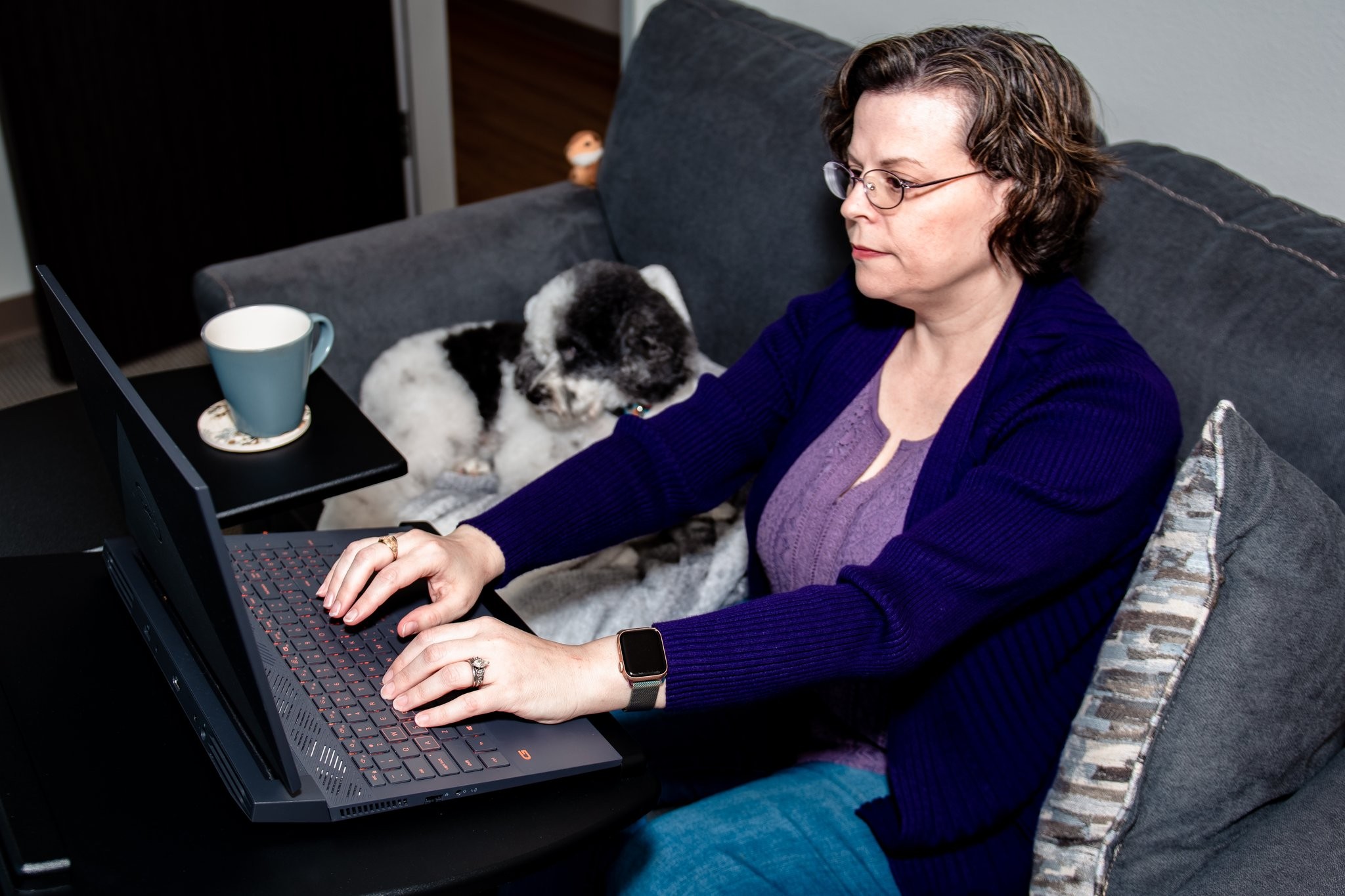
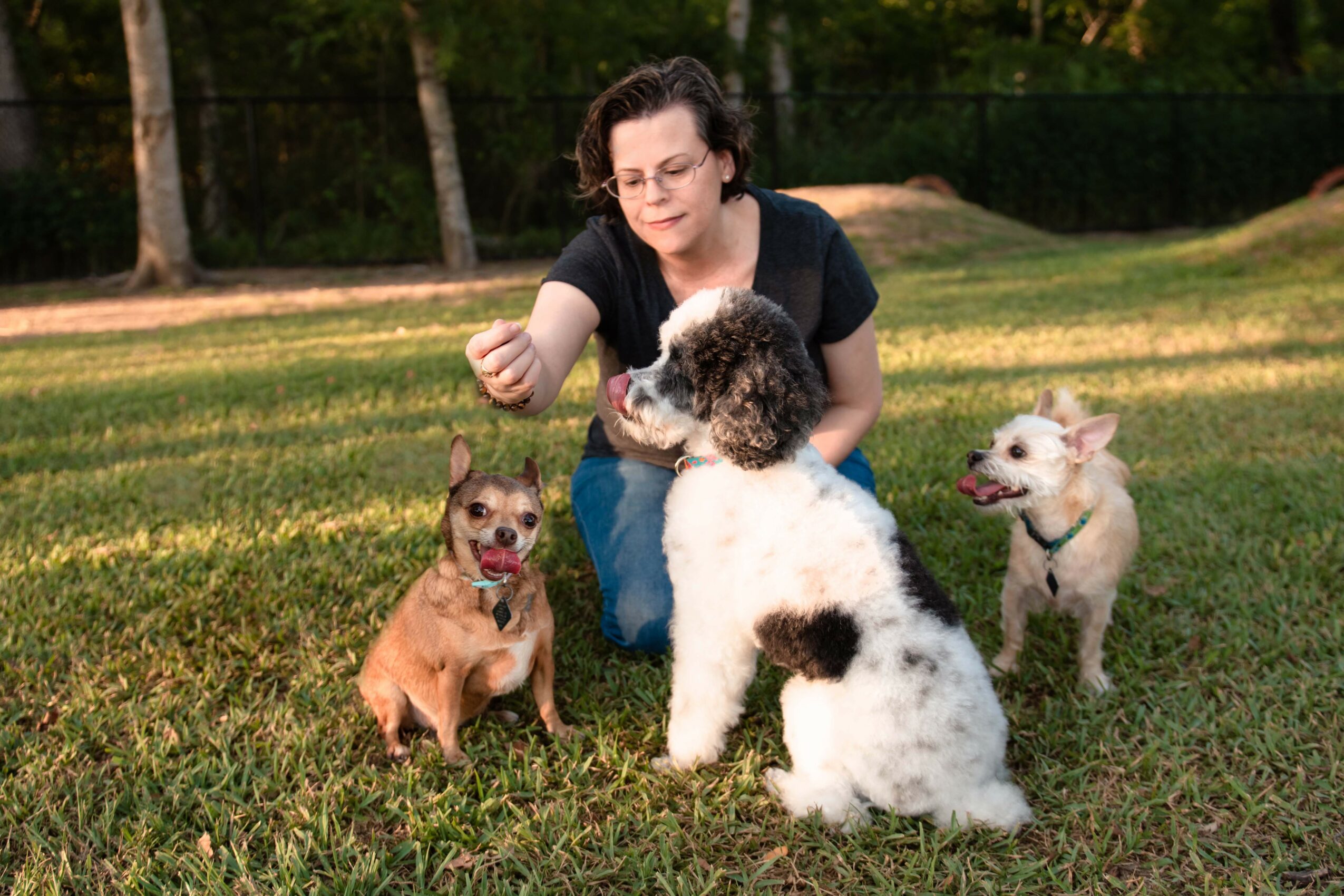
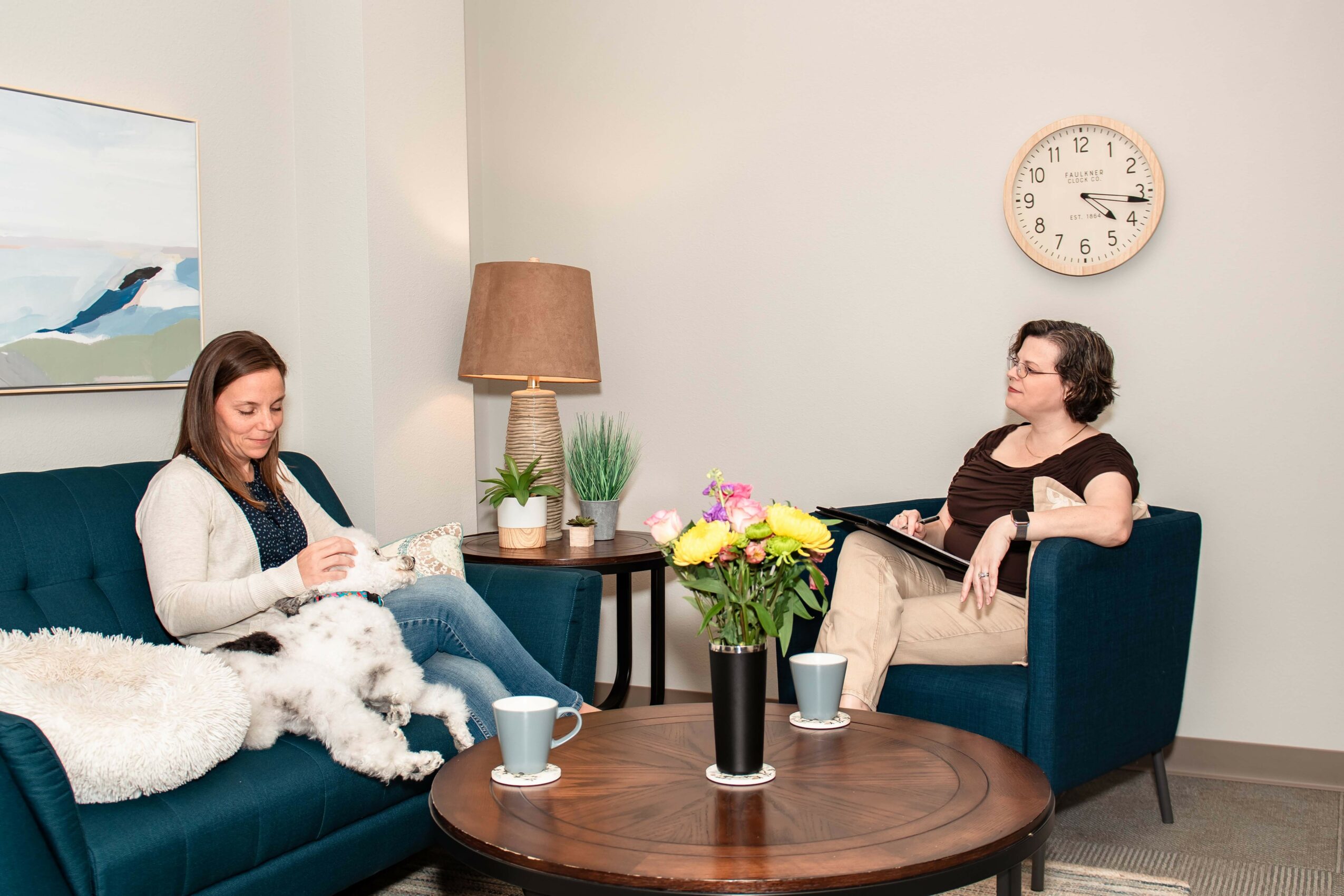
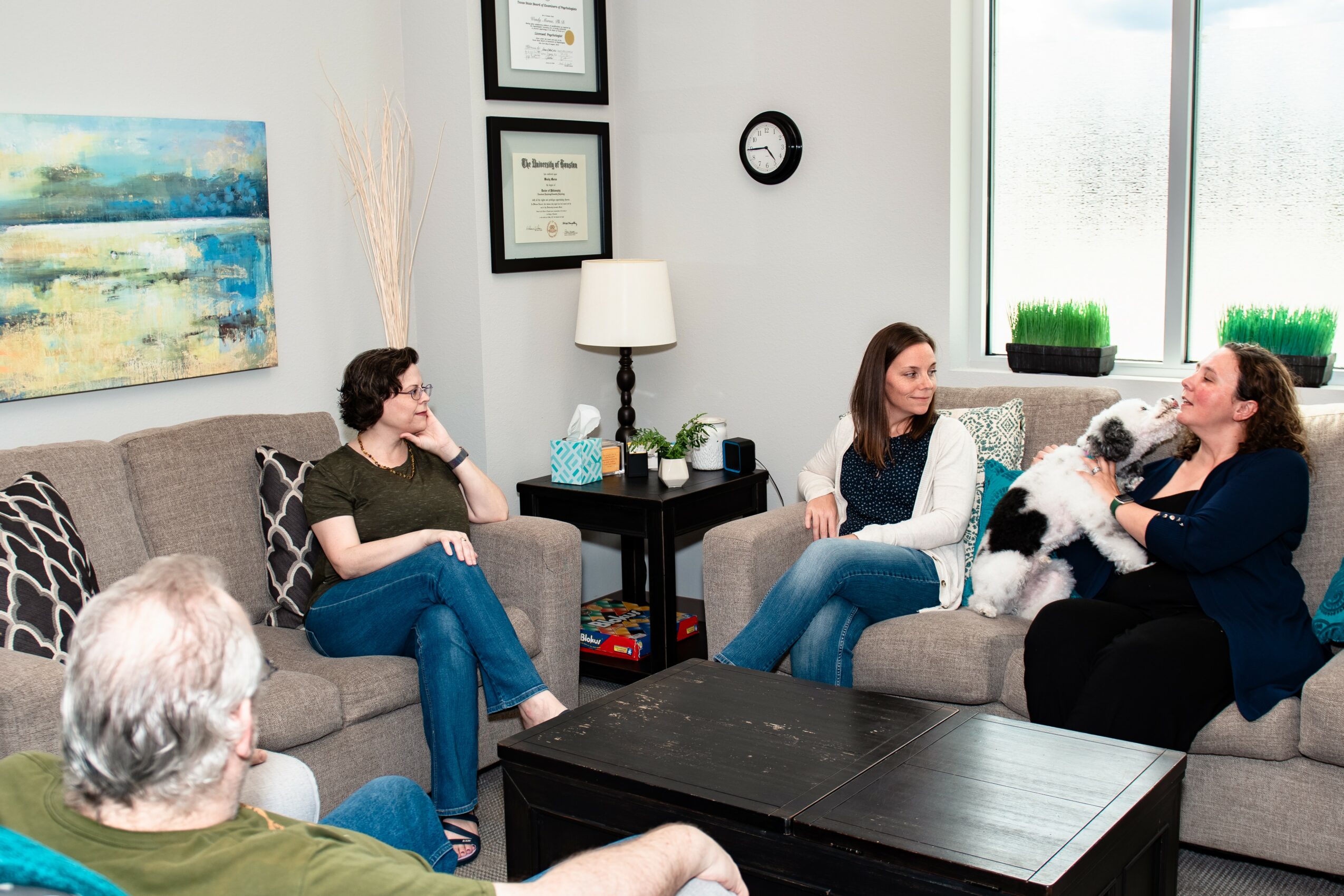
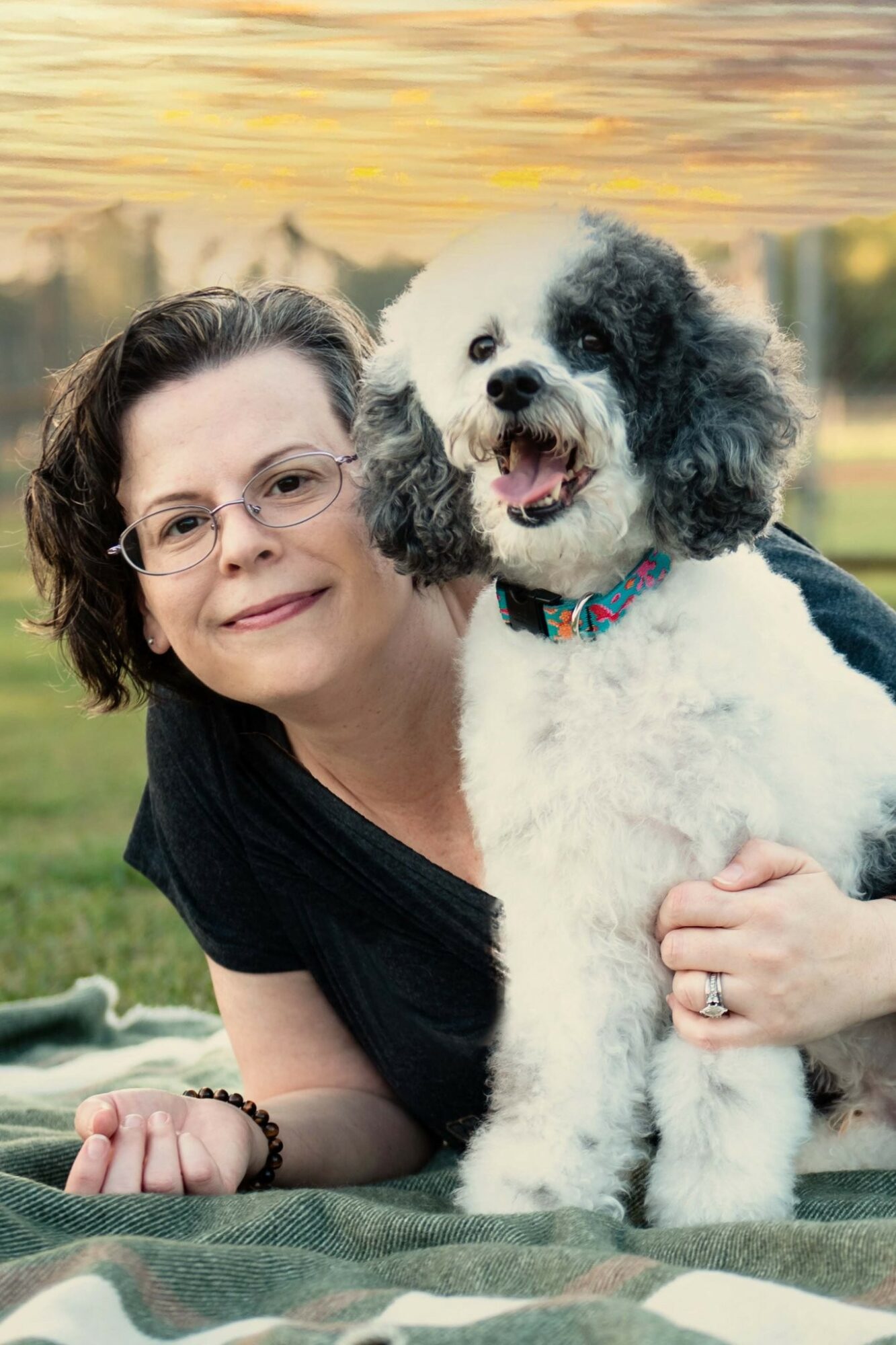
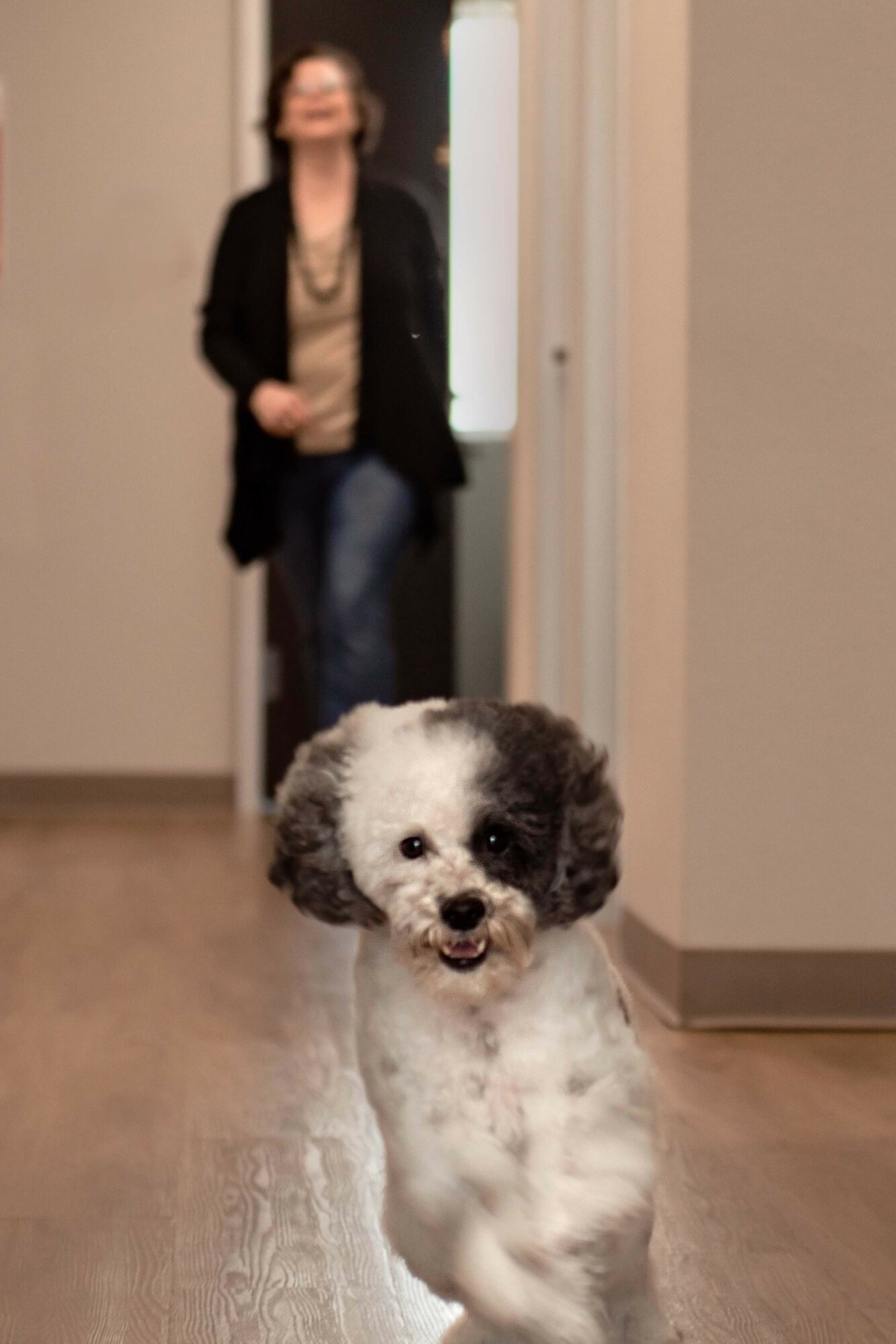
Image Credits
Right Time Photo by Melissa Bennett










